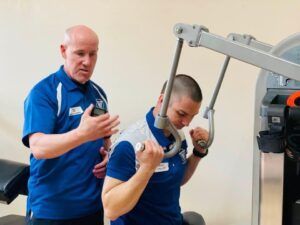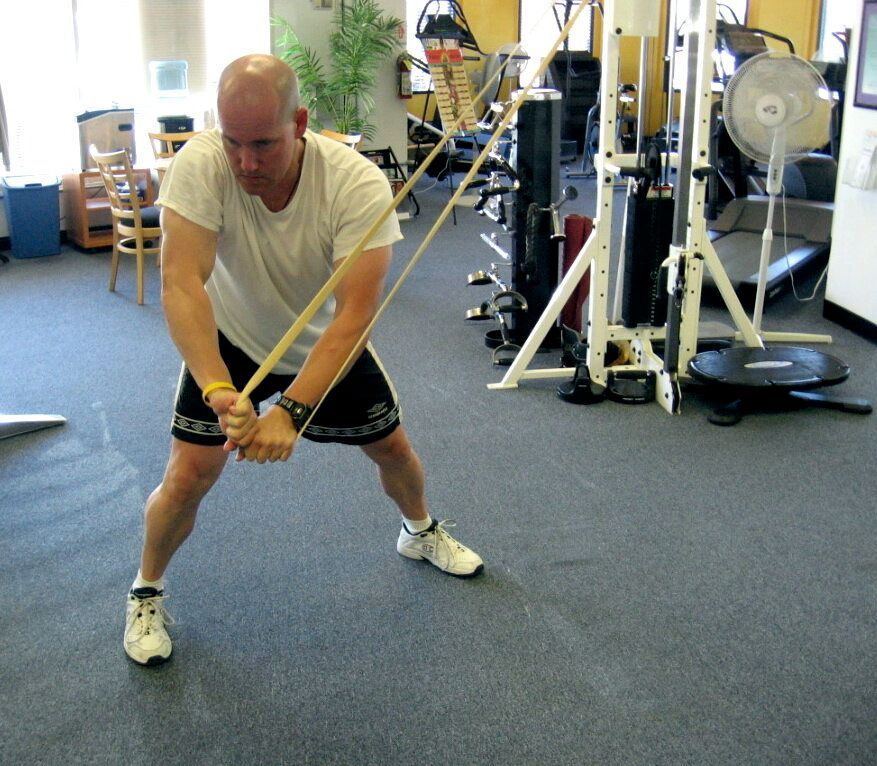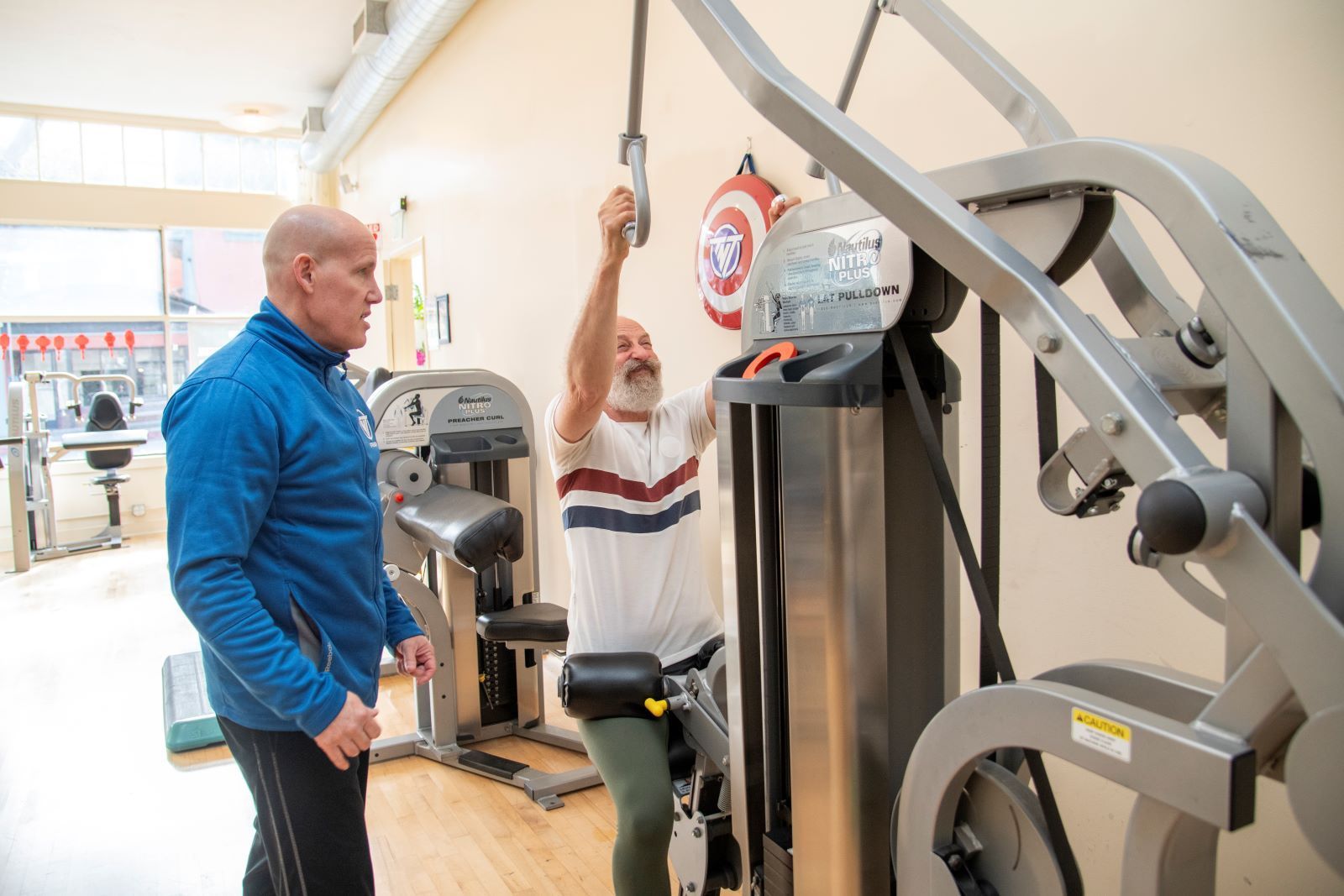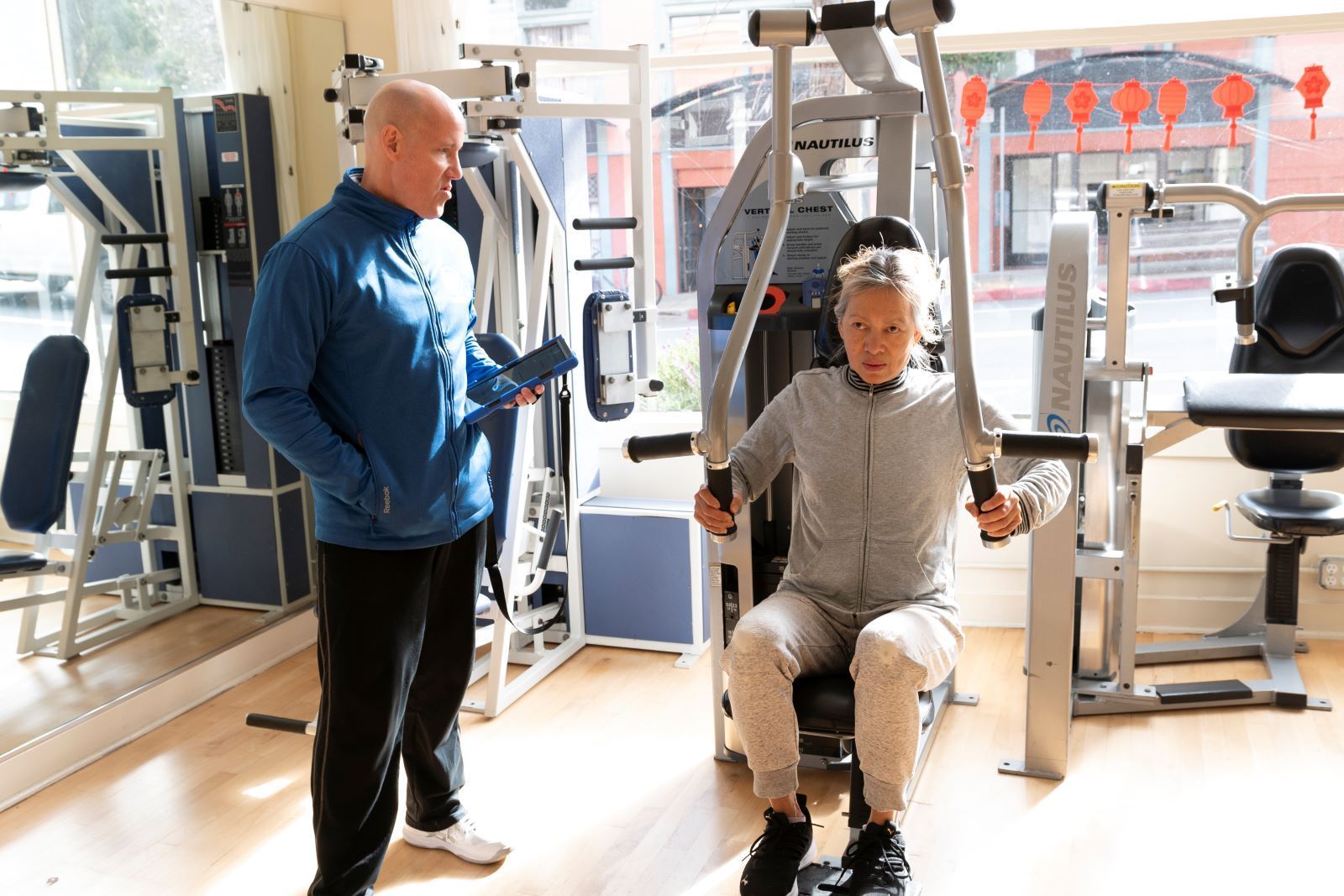The 3 X 3 Routine: The Hardest Nine Sets You Will Ever Do
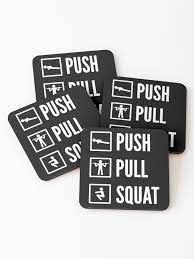

- Three Sets: The workout consists of three sets of three exercises, with each set targeting a specific area of the body. Once the exercises have been selected you perform mini circuits consisting of one set of each exercise three total times.
- Three Exercises: The first exercise focuses on the lower body (Hips & Thighs), the second on the upper body pulling muscles (Upper / Mid-Back & Biceps), and the third on the upper body pushing muscles (Chest / Shoulders & Triceps). Any large compound movement may be selected for each major muscle group described.

- Efficiency: The 3 X 3 workout is designed to maximize results in minimal time. With three sets each targeting major muscle groups, you can achieve a full-body workout without spending hours at the gym.
- Strength Development: By incorporating multi-joint exercises and focusing on compound movements, the workout enhances overall strength. It stimulates muscle growth, improves muscle tone, and increases functional strength, benefiting daily activities and athletic performance.
- Versatility: One of the strengths of the 3 X 3 workout is its adaptability. The exercises can be modified to suit different fitness levels, from beginners to advanced individuals. Additionally, the routine can be adjusted to accommodate various training goals, be it muscle building, fat loss, or general fitness.
- Time Savings: In our fast-paced lives, finding time for exercise can be a challenge. The 3 X 3 workout eliminates the need for lengthy sessions, allowing you to make the most of your limited time while still reaping the benefits of a well-rounded workout.



- Exercise Selection: Choose exercises that target your specific goals and preferences. For example, Leg Press, Squats, Lunges, and Deadlifts can be part of the lower body set, while Push-ups, Rows, and Shoulder presses and Pulldowns can make up the upper body sets.
- Intensity and Resistance: Adjust the intensity of the workout by manipulating the resistance used as well as the rep range target and the rest intervals between sets of each exercise. Gradually increase the load and decrease the rest interval as you become stronger and more comfortable with the movements. Always Strive to take each set to Momentary Muscular Failure.
- Rest and Recovery: Determine the appropriate rest periods between sets and exercises based on your fitness level. Beginners may require longer rest periods, while advanced individuals can benefit from shorter breaks to maintain intensity.
Workout Example:
Sequence one: You should reach muscle failure at about 20 reps for the hip / thighs exercise, 12 for the Pushing exercise and 12 for the Pulling exercise.
Sequence two: Repetition goals would be 15 for the hip / thighs exercise, 10 for the chest exercise and 10 for the upper back exercise.
Sequence Three: Repetition goals of 12 for the hip / thighs exercise, 8 for the chest exercise and 8 for the upper back exercise.
Below are three examples of what a typical exercise selection for a 3X3 workout might be:
1. Squat – Bench Press – Barbell Row 2. Leg Press – Dip – Chin 3. Deadlift – Standing Press – Pull-down (palms in)
When doing the 3X3 routine it’s critical that you perform every set to muscle failure. It’s also important that you move quickly between exercises with as little rest as possible. The length of the recovery between exercises will depend upon your present level of metabolic conditioning.
If done properly you should be able to finish an entire 3X3 workout in about 10-15 minutes. Doing these types of workouts gives you the total package: strength, endurance and mental toughness.
WARNING: these workouts are much harder then they may appear. Only attempt them if you have a great fitness base and are used to workouts with a high Anaerobic output and minimal rest periods.
- Brzycki, M. (1994). A practical approach to strength training. The National Strength & Conditioning Association Journal, 16(5), 25-27.
Recent Articles



